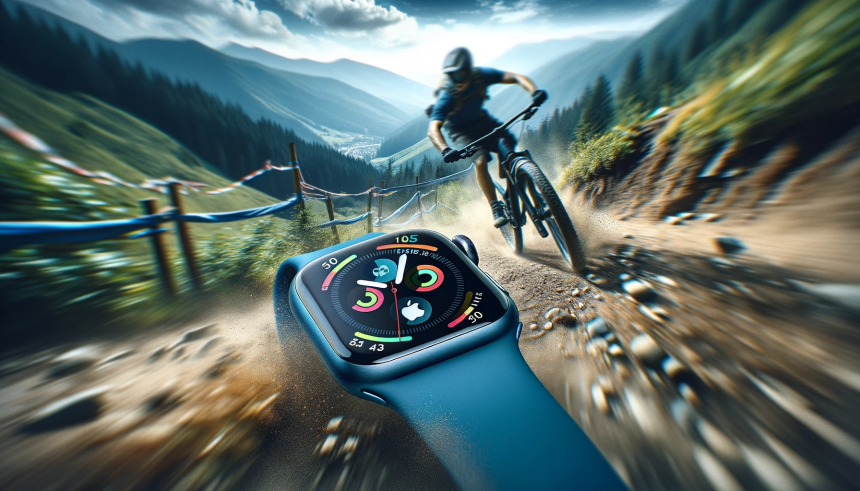Garmin has quietly released the Venu 4 smartwatch, drawing significant interest from technology enthusiasts and fitness communities alike. As competition intensifies between major tech brands, Garmin’s latest wearable seeks to carve out a distinctive presence in an increasingly saturated market. With health, convenience, and style as focal points, the Venu 4 aims not only to upgrade its predecessor, but also to surpass direct rivals including the Apple Watch Series. Regular users may notice both expected updates and innovative tools designed for diverse lifestyles—appealing especially to those prioritizing in-depth wellness tracking.
While previous launches of Garmin’s Venu series have focused on refining battery life and display quality, the Venu 4 stands out by emphasizing holistic health insights and broader activity analysis. Recent reviews suggested incremental updates to Garmin’s lineup, but the Venu 4 incorporates several novel features absent in earlier iterations and other competing devices. Notably, when compared to earlier versions, the new model integrates additional sleep monitoring functions and advanced voice recognition, reflecting feedback from long-term users who requested more comprehensive wellness features.
What Features Set the Venu 4 Apart?
Garmin introduces a suite of enhancements with the Venu 4, focusing on users who seek more than basic fitness tracking. The most prominent updates include an extended battery life that supports up to 10 days of continuous use, more precise sleep coaching, as well as real-time body battery energy monitoring. These features position the smartwatch as a compelling alternative to the Apple Watch, which typically offers shorter usage periods between charges. Additional upgrades include built-in voice assistant functionality and an improved heart rate monitor, responding to demands for smarter and more reliable health analysis.
How Does Garmin Address User Demands for Health Features?
Garmin has prioritized sleep tracking in the Venu 4, now offering sleep coaching that provides actionable analytics for better rest. The company believes this will help users understand the impact of sleep on physical well-being. Enhanced stress tracking and body battery metrics grant wearers insight into daily energy levels, ensuring they can make more informed decisions about exercise and recovery. Garmin commented,
“We listened closely to our user base when developing the Venu 4, ensuring features like body battery monitoring and improved sleep analytics became central to the experience.”
Which Other Capabilities Differentiate the Device?
Another standout function is the addition of voice assistance—a feature increasingly sought after in premium smartwatches, providing easier hands-free operation. The device also expands on workout and health metrics, allowing detailed tracking for more activities and health conditions. Notably, Garmin has improved interface accessibility, aiming to benefit a wider demographic. The brand underscores its commitment, stating,
“Our goal is to provide innovative tools that support a healthy lifestyle, making wellness accessible for all users with the Venu 4.”
Several smartwatches on the market have tried to balance long battery life, advanced sensors, and usability, but the Venu 4 strikes a balance between accuracy in tracking and responsiveness in daily scenarios. For those considering a switch from Apple Watch, the expanded fitness capabilities and tailored coaching may justify exploring Garmin’s offering. Battery duration, device interaction, and ecosystem compatibility remain key differentiators in smartwatch selection. Users deciding between platforms should weigh feature priorities—such as workout specificity versus app integration—when making a choice. Ultimately, Venu 4 highlights how new models increasingly respond to both consumer feedback and emerging health trends.










